 Feed Industry Receives Confirmation on Iodine Testing Procedure and Safe Levels
02. 12. 2018
#Feed industry
Feed Industry Receives Confirmation on Iodine Testing Procedure and Safe Levels
02. 12. 2018
#Feed industry

Researchers at the Danish Technical University have developed a new method to ensure that “iodine content in animal feed stays below the European maximum levels limits set to protect both animals and consumers.”
The method has been created under a project established by CEN, the European Committee for Standardization, and provides a means of analysis that, as the Danish Technical University website notes, “is as user-friendly as possible, and it utilizes a general extraction method, which is applicable for various types of feed materials and compound feed. It can also measure iodine at lower values than the current maximum levels allow in case these are changed in the future. The method has been tested and validated by 14 European feed analysis laboratories from seven different countries and has now been approved as the European standard for analysing iodine in feed.”
While the project was initiated as part of a wider program of standardization, it is pleasing for both farmers and feed manufacturers alike to have official testing procedures made available.
How Much Iodine is the Right Amount?
There is a surprising amount of uncertainty over how much iodine livestock and poultry need. In fact, as recently as June 2017, the industry journal, FeedNavigator, reported how, “In response to a request from feed manufacturers, the Irish Department of Agriculture has clarified what the maximum content of iodine in complete feeds for dairy cows should be.”
The levels were based on research conducted by Teagasc (the National Agriculture and Food Development Authority in Ireland). In response to the request, they stated that, “Iodine (I) is an essential trace mineral for all animals, … but most of the grass grown provides inadequate iodine to meet lactating cow requirements. As a result, iodine supplementation is necessary. Teagasc currently recommends that cows receive 12mg supplemental I per day, unless a deficiency is diagnosed on the farm.” However, the advice continued by noting that, “Care should be taken with supplementing iodine as surplus iodine is excreted in milk and urine. Milk with excessive iodine is unsuitable for inclusion in infant milk formula.”
Given the warning issues by Teagasc over excessive consumption of iodine, why would feed manufacturers and farmers consider using iodine as a feed additive?
Why Use Iodine as a Feed Additive?
All living creatures need iodine to live, and many naturally graze on seaweed as it is a good source of iodine. It offers numerous health benefits, such as keeping a healthy thyroid, and for making hormones. The side-effects of iodine deficiency, according to the World Iodine Association can be extreme, and include lack of vigour, blindness, still-born calves and lambs, diminished hair, wool, and bone growth, and reduced milk and meat yield.
An excess of iodine can reduce an animal’s appetite, cause coughing, nasal discharge, and rapid breathing, as well as impacting the health of humans consuming meat, eggs or dairy from animals fed too much iodine.
It is therefore important to ensure that livestock and poultry have sufficient, but not excess, amounts of iodine in their diets.
Iodine is a violet coloured mineral that is in steady demand. In fact, the supplier Iofina reports that, “supply for iodine has been and continues to be extremely limited.” Adding that, “Iodine is currently produced in nine countries, with output concentrated in Chile, Japan and the USA. Chilean companies currently control about half of the world’s nominal capacity and account for around 58 per cent. of global production while Japan produces 21 per cent.”
You can read the full EU rules on iodine levels here, and can purchase the methodology for the new CEN standard (EN17050:2017) at the Dansk Standard’s webshop.
If you wish to learn more about feed additive options, feed additive prices, and products for animal health then follow the link to the AG CHEMI GROUP feed industry blog page.
For specific feed additive enquiries, you can contact AG CHEMI GROUP’s friendly sales team.

The AG CHEMI GROUP Sales Team
Photo credit: Iofina, keywordsuggest, farmers’corner, socratic & wovember